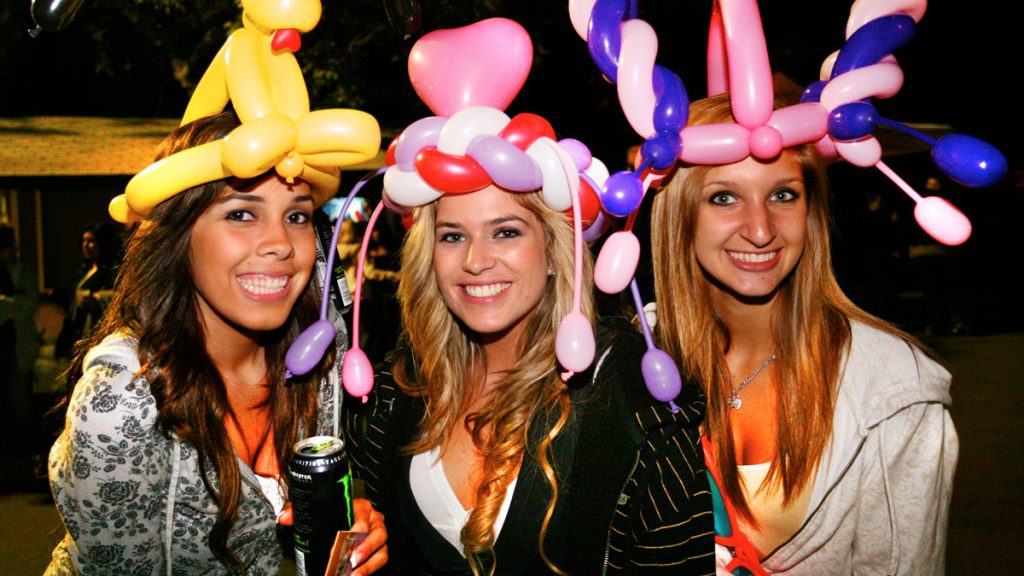Enhancing our Art of Protection Protocols for responsible Utilization of Pyrotechnics in Gatherings
Pyrotechnics play an enthralling function in multiple occasions, including pyrotechnic shows, musical events, and festivities. Nevertheless, the employment of fireworks requires rigorous security protocols to ensure the well-being of everyone. Understanding these protocols is crucial for occasion planners, participants, and viewers alike. Proper planning and adherence to safety protocols can help avert incidents and secure a successful event.
First and foremost, it is crucial to acquire the necessary permits and licenses before using fireworks. Local regulations and ordinances often dictate what kinds of fireworks can be used and the locations they can be set off. Event planners should coordinate with community officials to guarantee adherence with all lawful obligations. This includes grasping restrictions related to the season of year, atmospheric factors, and security areas. By adhering to these regulations, organizers not only ensure their event's legality but also protect the security of the community.

Training is also essential component of securely operating fireworks. Individuals operating fireworks should undergo adequate instruction to understand the equipment and procedures involved. This includes knowledge of lighting techniques, security perimeters, and crisis action plans. Occasion planners should also carry out meetings for all staff you can try these out and assistants involved with pyrotechnics, ensuring everyone is aware of their duties and the importance of following security guidelines. This education assists create a environment of safety at the event, in which everyone can collaborate together to reduce hazards.
The setup and execution of pyrotechnics must be thoroughly organized. A specific area should be established for firing pyrotechnics, away from viewers and flammable substances. Clear signage should be posted to keep attendees at a safe distance. Weather factors can also influence firework displays, so planners should track predictions and be ready to delay or abandon if conditions are not safe. It is critical to have firefighting tools readily available in case an emergency. Through planning for possible risks, organizers can react quickly and efficiently should an accident occur.
Lastly, after-event assessments are a Check This Out key component of perfecting security protocols. Following the event, it is important to evaluate what went well and what could be improved. Feedback from employees, assistants, and attendees can provide important perspectives into the event's safety protocols. Planners should document any occurrences or near misses, learning from these events to enhance future safety guidelines. Through continuously improving their method to pyrotechnics, occasion organizers can ensure a safe and pleasant event for all involved.